- Description
-
Details
In the digital age, education is undergoing a profound transformation. Traditional blackboards and chalk are being replaced by cutting-edge technology, and one of the most significant innovations in this shift is the Interactive Flat Panel (IFP). These advanced devices are becoming integral components of smart classrooms, revolutionizing the way teachers instruct and students learn. In this article, we will explore the concept of the Interactive Flat Panel in smart classrooms, its features, benefits, and the impact it has on modern education.
I. Understanding the Interactive Flat Panel (IFP)
Interactive Flat Panels, often referred to as Interactive Flat Panel Displays (IFPDs) or Interactive Touchscreen Displays, are large, touch-sensitive screens that serve as a centerpiece in smart classrooms. They are designed to replace traditional whiteboards or projectors and offer a multitude of interactive features that transform the learning experience. These displays come in various sizes, typically ranging from 55 inches to 98 inches or more, ensuring that they can cater to the needs of different classroom sizes.
II. Features of Interactive Flat Panels
Interactive Flat Panels boast an array of features that make them an essential tool in modern education:
1. Touchscreen Functionality: IFPs have responsive touchscreens that allow teachers and students to interact directly with the display. This feature facilitates writing, drawing, and manipulating digital content in a natural and intuitive way.
2. High-Resolution Display: IFPs are equipped with high-definition (HD) or even 4K displays, ensuring that educational content is vivid and sharp. This clarity enhances the visual aspects of lessons, making it easier for students to grasp complex concepts.
3. Multi-Touch Support: Most IFPs support multi-touch gestures, allowing multiple users to interact with the screen simultaneously. This feature encourages collaboration and group activities in the classroom.
4. Pen and Stylus Support: IFPs often come with digital pens or styluses that offer precise control and mimic the experience of writing on paper. These tools are particularly valuable for creating handwritten notes and diagrams.
5. Built-in Operating System: Many IFPs are equipped with built-in operating systems, such as Android or Windows, which provide access to a variety of educational apps and resources directly from the display.
6. Wireless Connectivity: IFPs can connect wirelessly to other devices, such as laptops, tablets, and smartphones, allowing seamless content sharing and collaboration among students and teachers.
7. Screen Recording and Capture: IFPs often offer the ability to record lessons and capture screens, making it easy for educators to create digital resources for students to review later.
8. Interactive Software: Specialized interactive software accompanies IFPs, offering a range of tools for teachers to create engaging and dynamic lessons. These tools include interactive whiteboard software, digital inking, and annotation features.
9. Internet Access: IFPs can connect to the internet, enabling real-time access to online resources, educational websites, and research materials, enriching the learning experience.
10. Compatibility: They are compatible with various file formats, making it easy to integrate existing educational materials into digital lessons.
III. Benefits of Interactive Flat Panels in Smart Classrooms
The adoption of Interactive Flat Panels in smart classrooms has brought about numerous benefits that enhance the teaching and learning experience:
1. Enhanced Engagement: IFPs capture students' attention and promote active participation. The interactive nature of these displays makes learning more engaging and enjoyable.
2. Visual Learning: High-resolution displays and multimedia capabilities enable educators to present complex information visually, aiding comprehension and retention.
3. Collaboration: Multi-touch support and interactive software encourage collaboration among students. Group projects and interactive learning activities become more accessible.
4. Versatility: IFPs are versatile tools that can be used across multiple subjects and grade levels. Educators can adapt their use for various teaching scenarios.
5. Immediate Feedback: Interactive software often includes assessment tools that allow teachers to gauge student understanding in real-time, providing immediate feedback for instructional adjustments.
6. Accessibility: IFPs can accommodate different learning styles and abilities, including students with disabilities. They offer features like screen magnification and text-to-speech capabilities.
7. Paperless Environment: IFPs contribute to a more environmentally friendly classroom by reducing the need for paper and printed materials.
8. Remote Learning Support: With wireless connectivity and screen sharing capabilities, IFPs facilitate remote learning, ensuring that students can continue their education even outside the classroom.
9. Teacher Professional Development: IFPs offer opportunities for teachers to explore and incorporate new teaching methods, keeping their skills current in a rapidly evolving educational landscape.
10. Cost Savings: Over time, the use of IFPs can lead to cost savings on traditional teaching materials and resources like whiteboard markers and printed worksheets.
IV. Implementing Interactive Flat Panels in Smart Classrooms
The successful integration of Interactive Flat Panels into smart classrooms involves several key considerations:
1. Teacher Training: Providing comprehensive training to educators is crucial. Teachers need to be proficient in using the technology effectively to maximize its benefits in the classroom.
2. Content Creation: Developing engaging and interactive content is essential. Educators should have access to software tools and resources to create digital lessons and materials.
3. Technical Support: Schools should have a support system in place to address technical issues promptly. This includes regular maintenance and updates to ensure the reliability of IFPs.
4. Internet Connectivity: Reliable internet access is necessary for accessing online resources and enabling collaboration. Schools must ensure a robust Wi-Fi network is in place.
5. Accessibility: Consideration should be given to ensuring that Interactive Flat Panels are accessible to all students, including those with disabilities. Features like screen readers and voice commands can assist in this regard.
V. Challenges and Considerations
While Interactive Flat Panels offer numerous advantages, there are also challenges and considerations associated with their implementation:
1. Cost: The initial investment in IFPs can be substantial, including the cost of the hardware, software licenses, and training.
2. Technical Issues: Technical glitches and compatibility issues may arise, requiring dedicated technical support and maintenance.
3. Teacher Training Time: Teachers need time to become proficient in using IFPs effectively. Schools should allocate resources for ongoing professional development.
4. Digital Divide: Ensuring that all students have access to the technology, both in school and at home, is critical to prevent disparities in learning opportunities.
5. Screen Time Balance: Striking a balance between digital and non-digital learning activities is essential to avoid overexposure to screens.
VI. The Future of Interactive Flat Panels
The future of Interactive Flat Panels in education is bright. As technology continues to advance, IFPs will likely incorporate even more sophisticated features, such as augmented reality (AR) and virtual reality (VR) integration, artificial intelligence (AI)-driven personalized learning experiences, and enhanced connectivity for remote learning.
In conclusion, Interactive Flat Panels have become essential tools in modern education, transforming the way students learn and teachers instruct. These interactive displays offer a host of benefits, from increased engagement and collaboration to accessibility and versatility. While there are challenges to overcome, the potential for enriching the educational experience and preparing students for the digital age makes Interactive Flat Panels a valuable asset in smart classrooms worldwide.
Smart Classroom Images
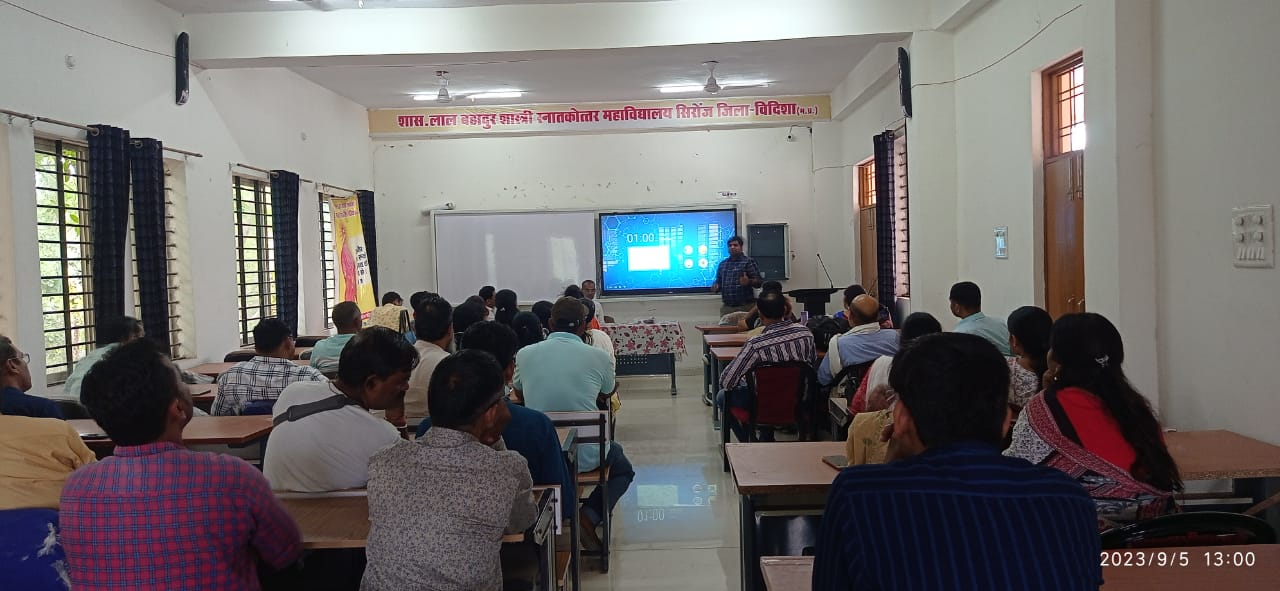
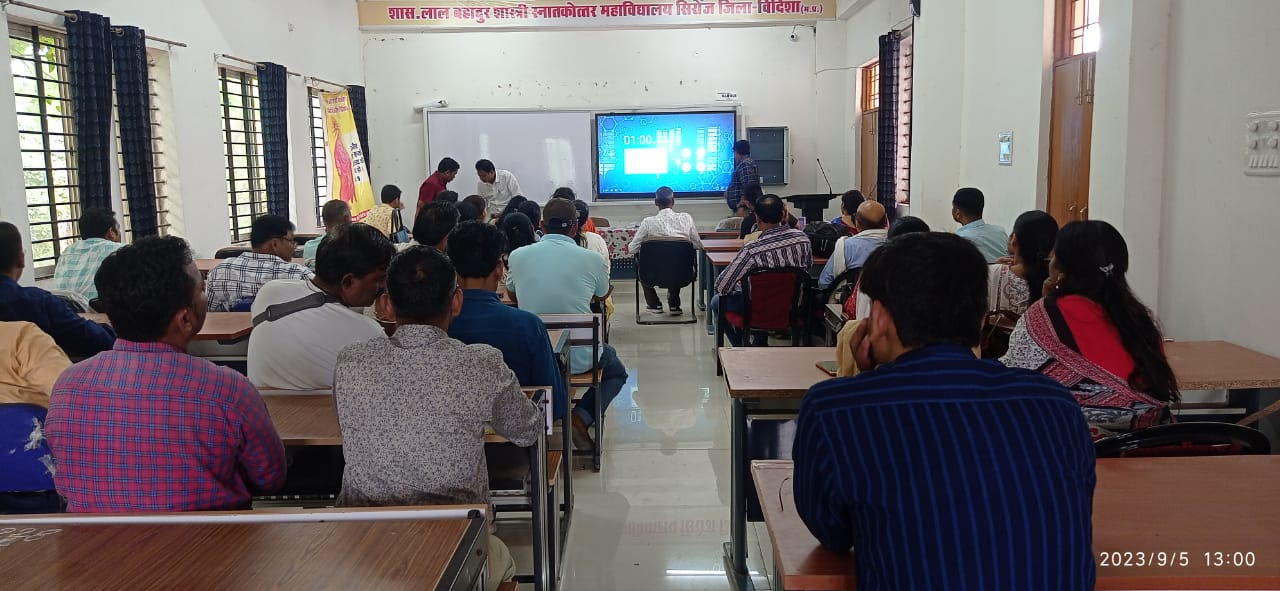
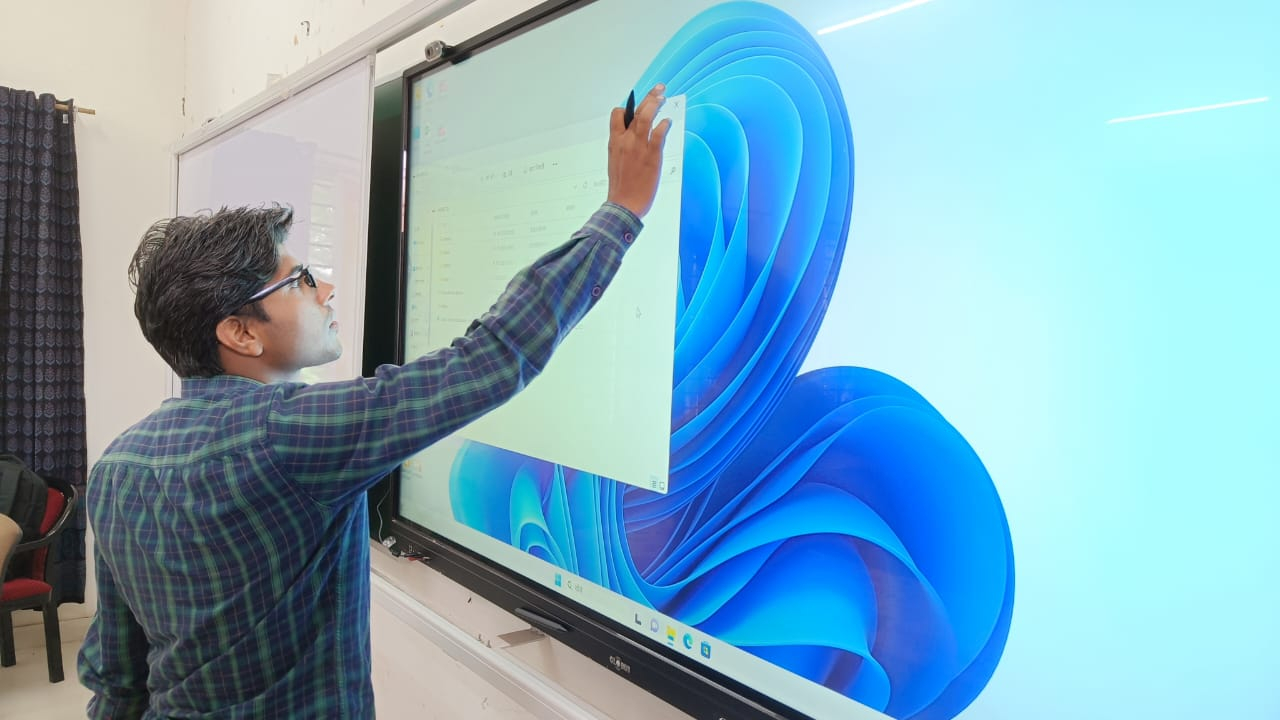
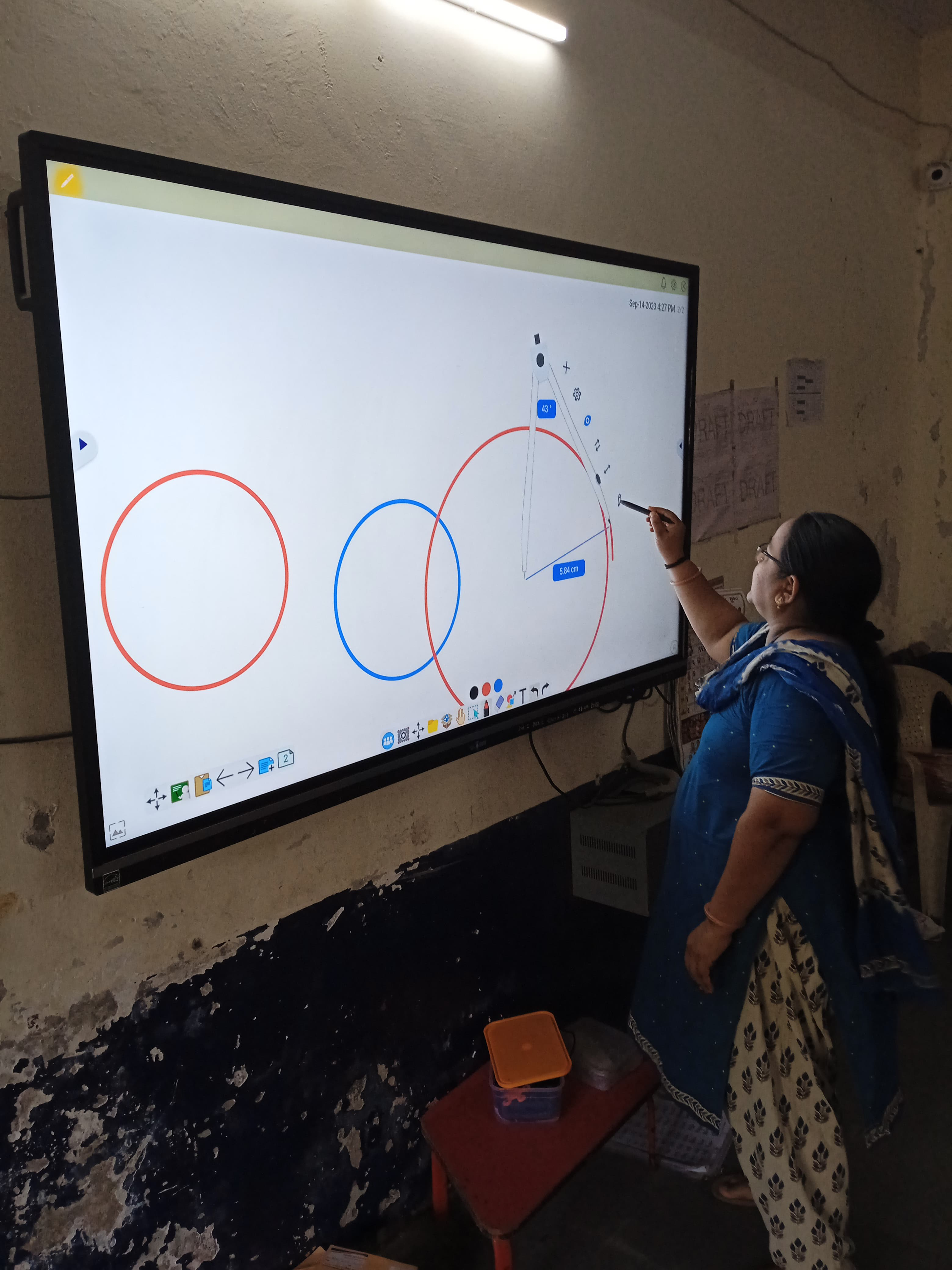
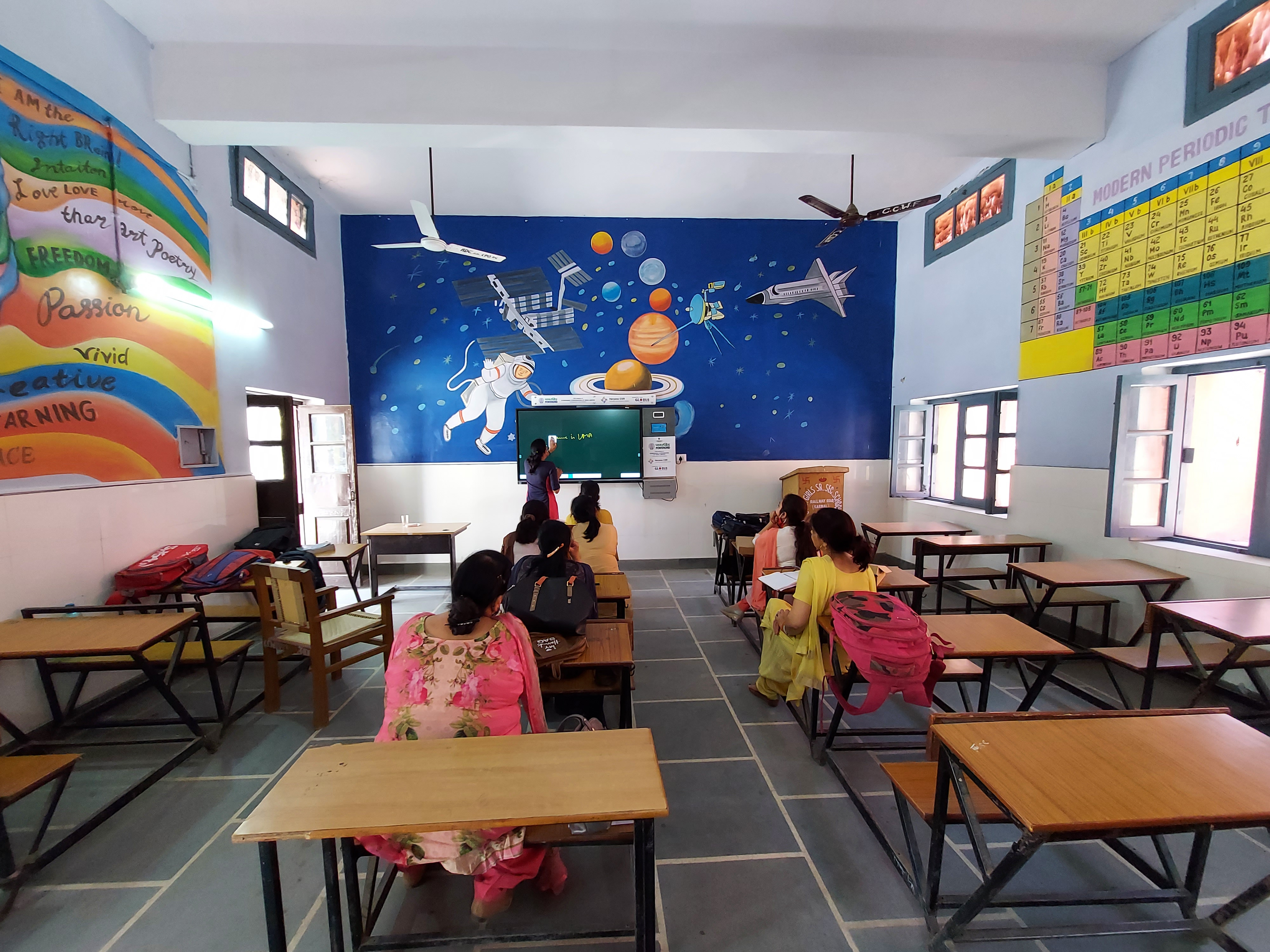
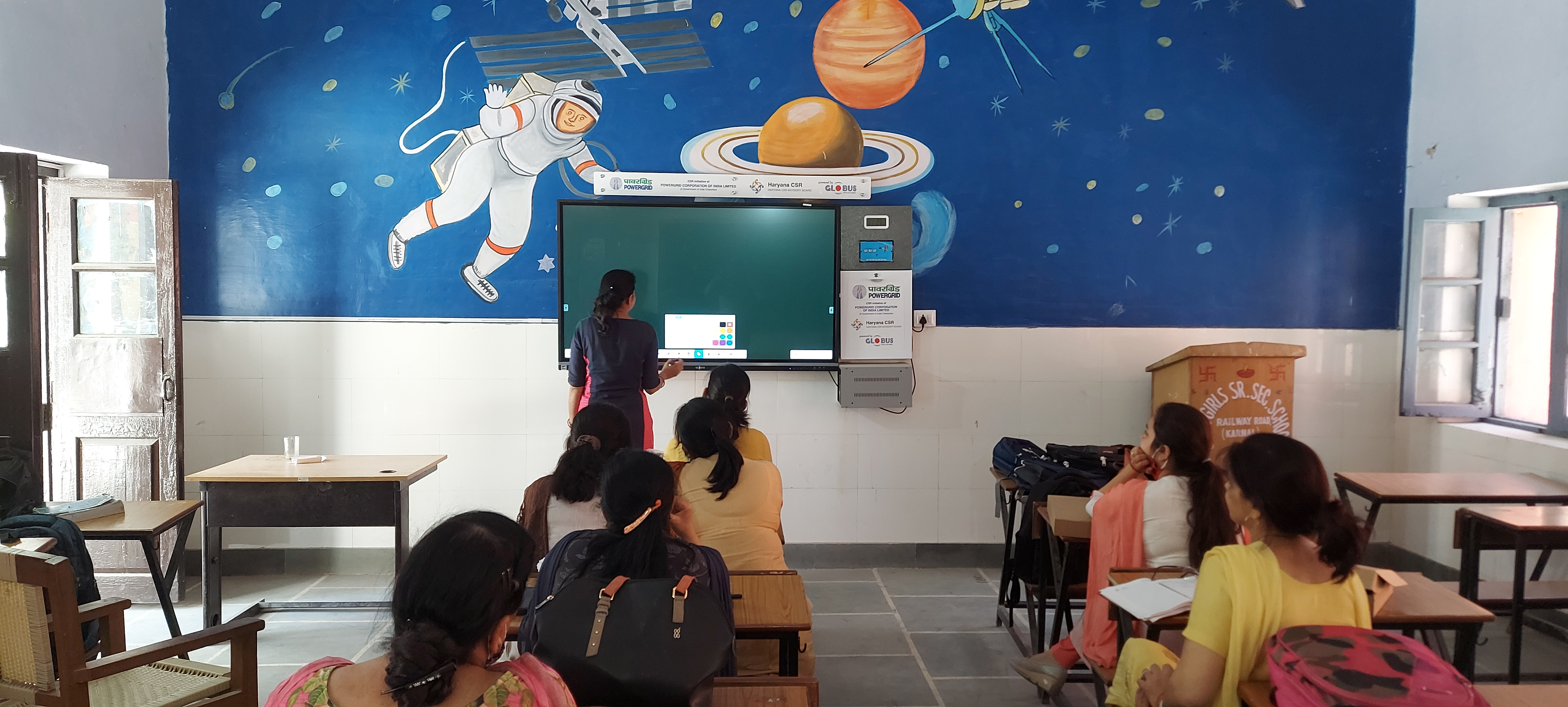
- Reviews
-
Default welcome msg!

